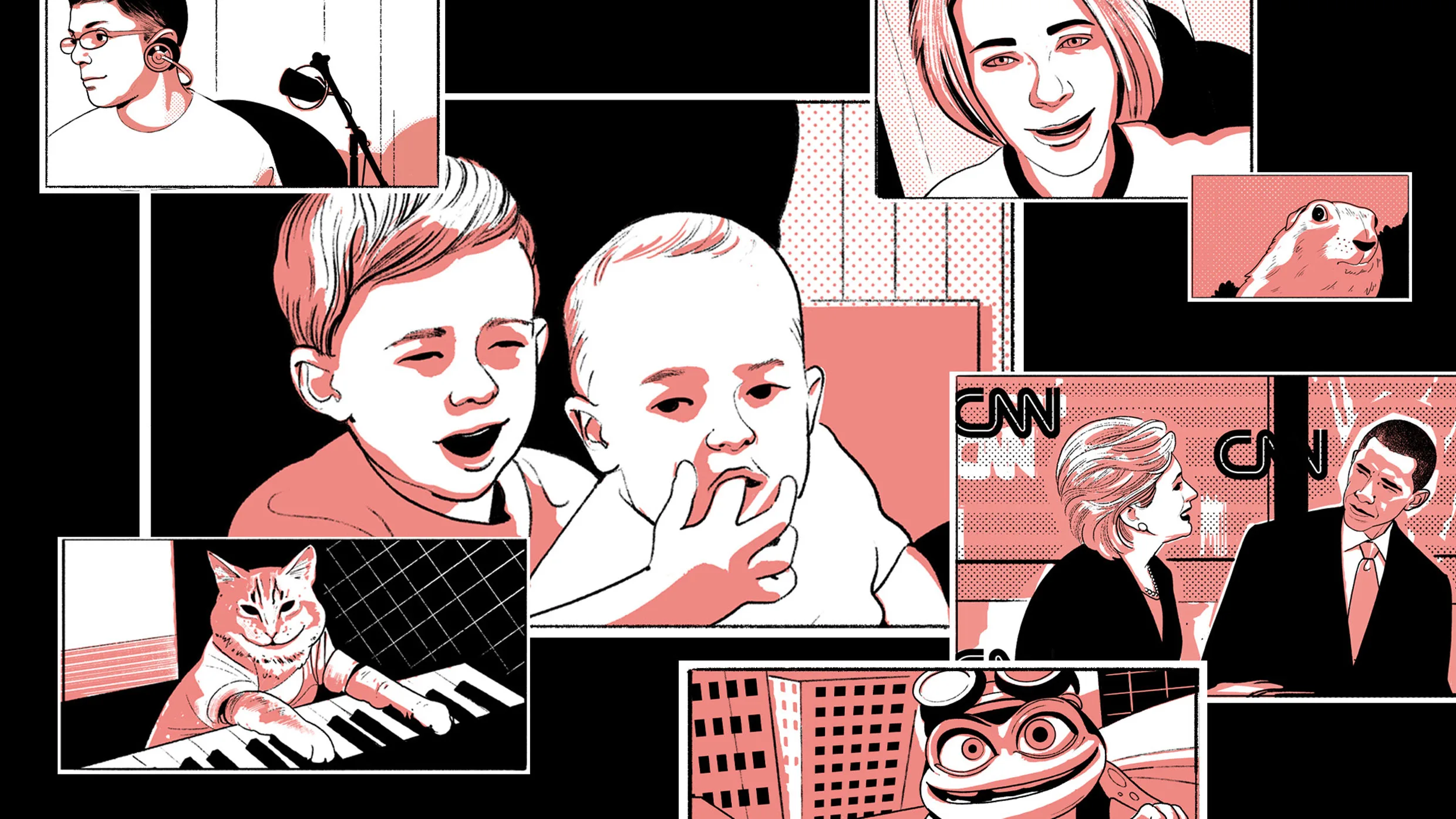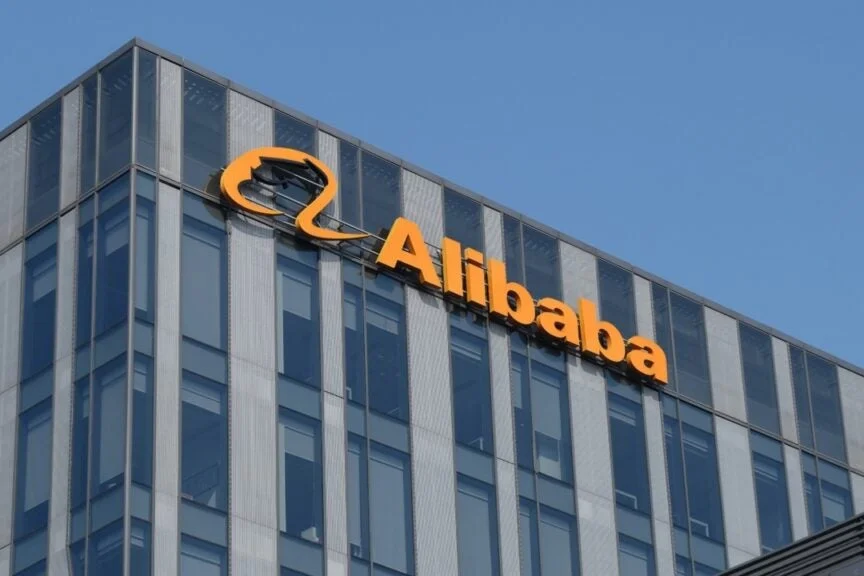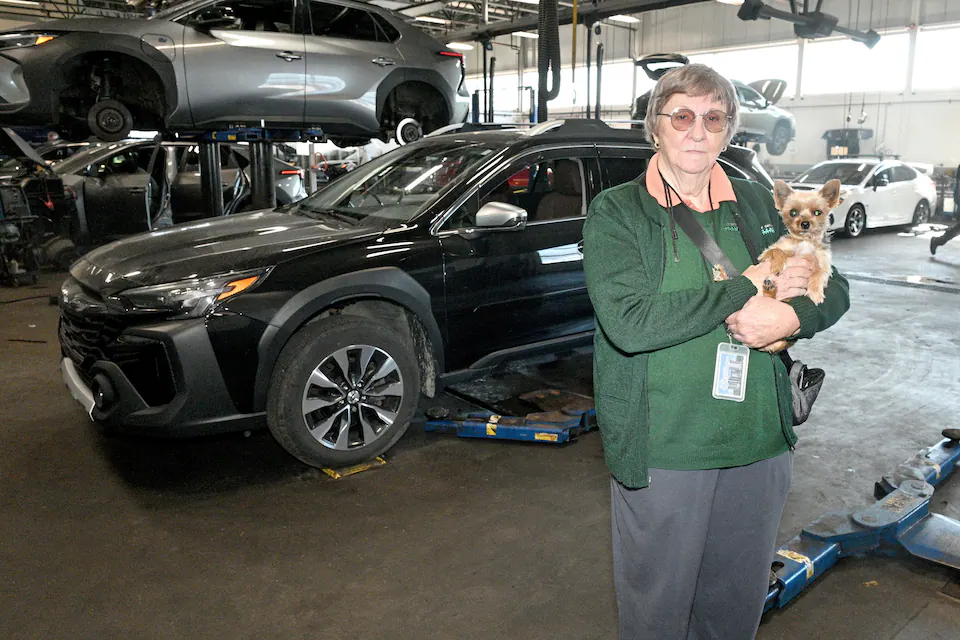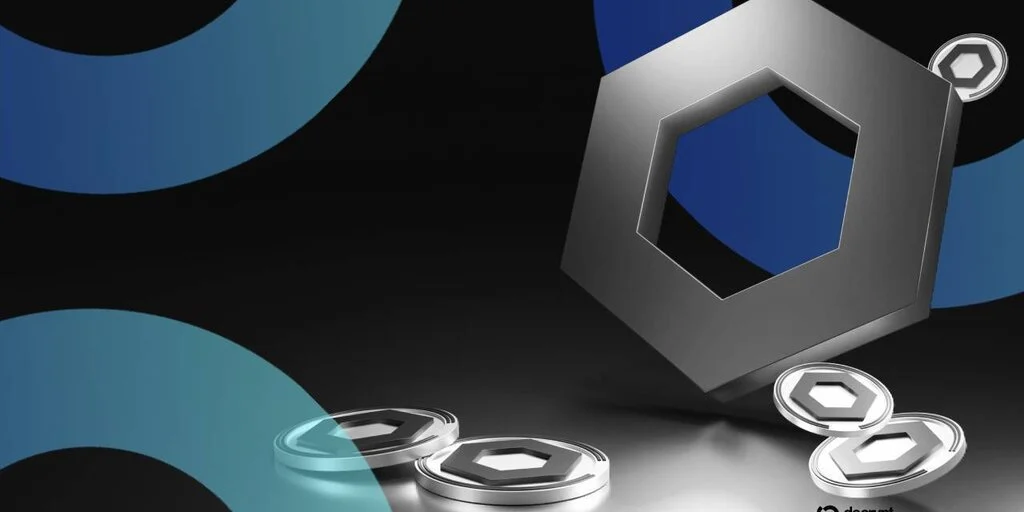
In part two of How YouTube Ate TV, Fast Company’s oral history of YouTube, we look at how the company’s rapid ascent after its 2005 founding led to multiple challenges, from bandwidth costs to unhappy copyright holders. This prompted the startup to consider selling itself, and on October 9, 2006, Google announced that it would be buying it, for $1.65 billion. That deal came with the promise that the web giant would help YouTube scale up even further without micromanaging it. Eventually, the balance they struck between integration and independence paid off. But when YouTube was still a tiny, plucky startup, nobody was looking that far ahead.
Read more How YouTube Ate TV
Part one: YouTube failed as a dating site. This one change altered its fortunes forever
Steve Chen, cofounder—with Chad Hurley and Jawed Karim—of YouTube: I would take care of the product team, the engineering team, the technology side of it, building out this product. And [Hurley] would be managing finance, business development, and content partnerships, the legal side. But we always shared an office, or even shared a desk when we were small.
Chris Maxcy, YouTube VP of business development (2005-2013): When I got hired, there were about 11 of us operating out of a back office in Sequoia’s offices. Then we moved to San Mateo to the infamous spot above the pizza shop. It was truly rat infested.
Zahavah Levine, YouTube general counsel, chief counsel (2006-2011): On my first day, Steve handed me a sealed box from Ikea, and invited me to erect my desk. “Oh yeah,” he added, “you might also want to order a computer online.” Of the 23 employees, most were under the age of 25. At 37, I often felt like the adult in the room, and at times I felt like the corporate grandmother.
Mia Quagliarello, YouTube senior product marketing manager, content and community (2006-2011): On my first day of work, I was seven months pregnant. There was an engineer sleeping on the couch. It really felt like a small family.



